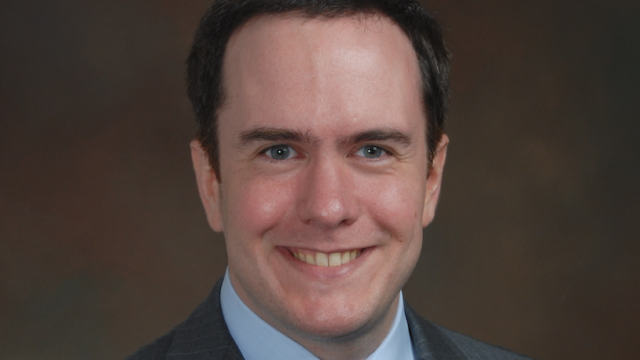Hong Kong-based Moffett manages the T Rowe Asia Opportunities Equity Fund, which invests in Asia ex-Japan equities.
Although most investors think of growth companies when looking at Asia, Moffett said he prefers investing in the region’s more stable, moderate growth businesses.
“A lot of investors here go for growth, with some investing in some of the highest growth companies believing that if they get it right, they can be fantastic stocks.
“The sweet spot for me is to invest in the compounding companies that only grow around 15% a year, but can provide that growth rate year-after-year.”
Moffett explained that these companies usually have high-quality management teams, strong balance sheets and predictable earnings growth.
Examples of these are fast food restaurants and convenient stores, reflected in his holdings such as Jollibee in the Philippines and Yum China.
“When you’re selling fried chicken, there’s not much risk. People are going to keep on eating fried chicken. Meanwhile, there are a lot of risks tied to the high growth speculative biotech companies.”
Moffett also likes some players in the real estate space in China, which has been consolidating in the last five-to-10 years.
“Top listed developers have been taking more marketshare from a thousand of unlisted players. So the growth story has been steady year-after-year and not at all cyclical in nature and this industry consolidation story has proven to be a great source of returns.”
Sector allocation (as of 31 May)

Forecast difficulties
The US-China trade war continues to be the number one risk for Moffett.
Predicting earnings growth for a number of companies has become difficult, especially after the trade talks broke down in May.
“Today, the problem is when you are trying to forecast earnings for any kind of business that is shipping things across national lines or has supply chains that go through different countries, it is very difficult to predict what is going to happen.
“It is also difficult to predict how a tariff can dramatically increase the cost structure of a business,” he said.
Because of that, Moffett has been trimming riskier or more volatile stocks, particularly Chinese equities. China accounts for around 30% of his portfolio, which compares to nearly 40% at the beginning of 2018, he said.
Other areas he has been avoiding are companies in the smartphone supply chain in Taiwan, as the cycle for replacing phones has increased.
“The supply chain enjoyed a fantastic boom way back when everybody was replacing their smartphones every nine months. But replacement cycles continue to extend.”
Sector analysts
Separately, Moffett, who is personally invested in his fund, believes that what differentiates his product is the analyst support he is getting rather than the investment process.
“I would argue it is more about the team than it is the process,” he said.
Moffett is backed by 16 Asia equity analysts, most of who are based in Singapore and Hong Kong, with each covering a particular sector of the market.
“What we do is we make them responsible for their respective sector for years, even if the sector falls out of fashion.
“Once an analyst has started to cover a sector for three or four years, then they really start to become valuable because they have been through some cycles and they really get to know the management of the companies they cover.”
The team’s Korea and Taiwan tech analyst, Alison Yip, for example, has been covering the sector for 20 years, he said.
On average, the whole team has an average of 13 years of investment experience.
The T Rowe Price Asian Opportunities Equity Fund versus its benchmark index


















